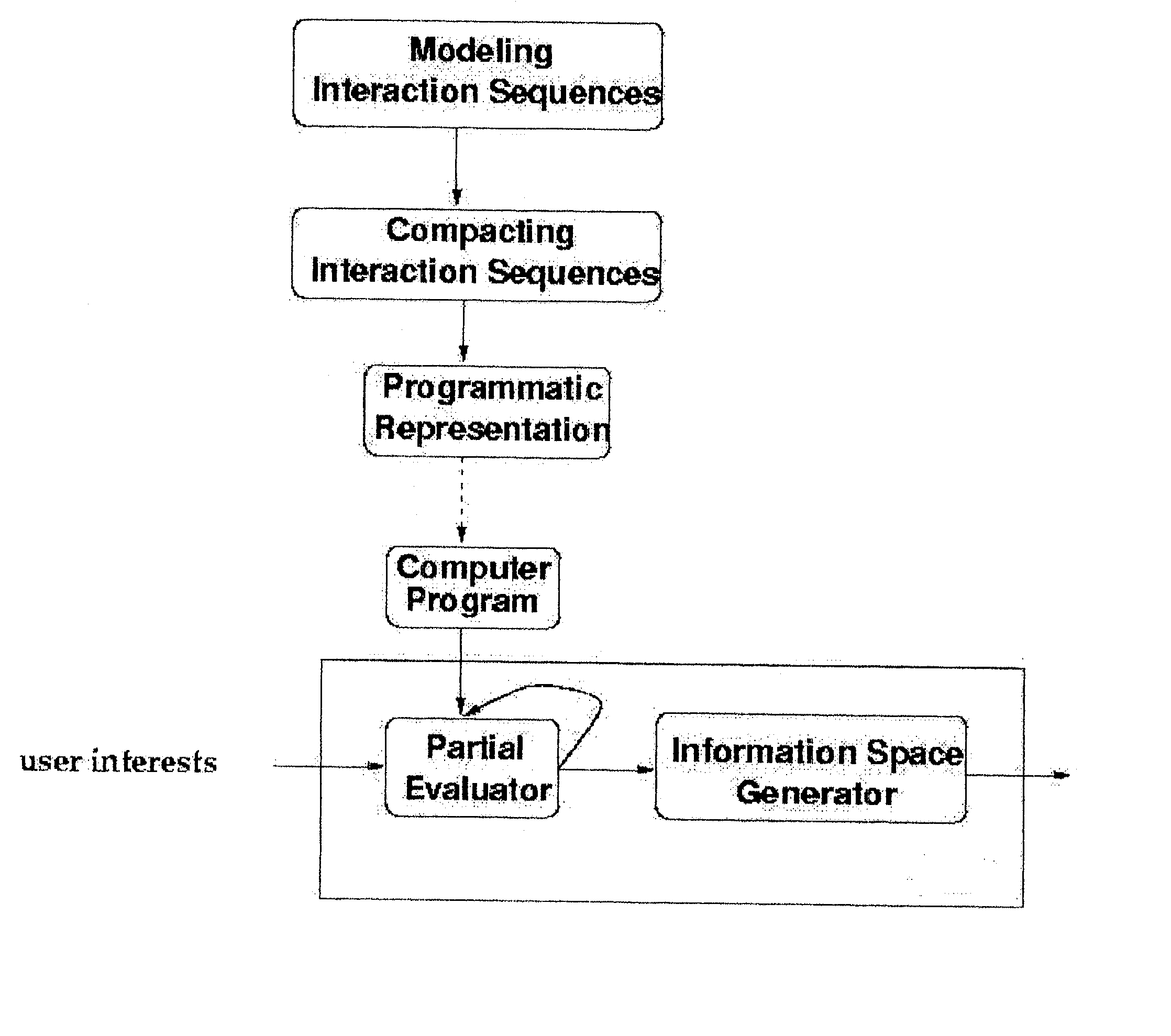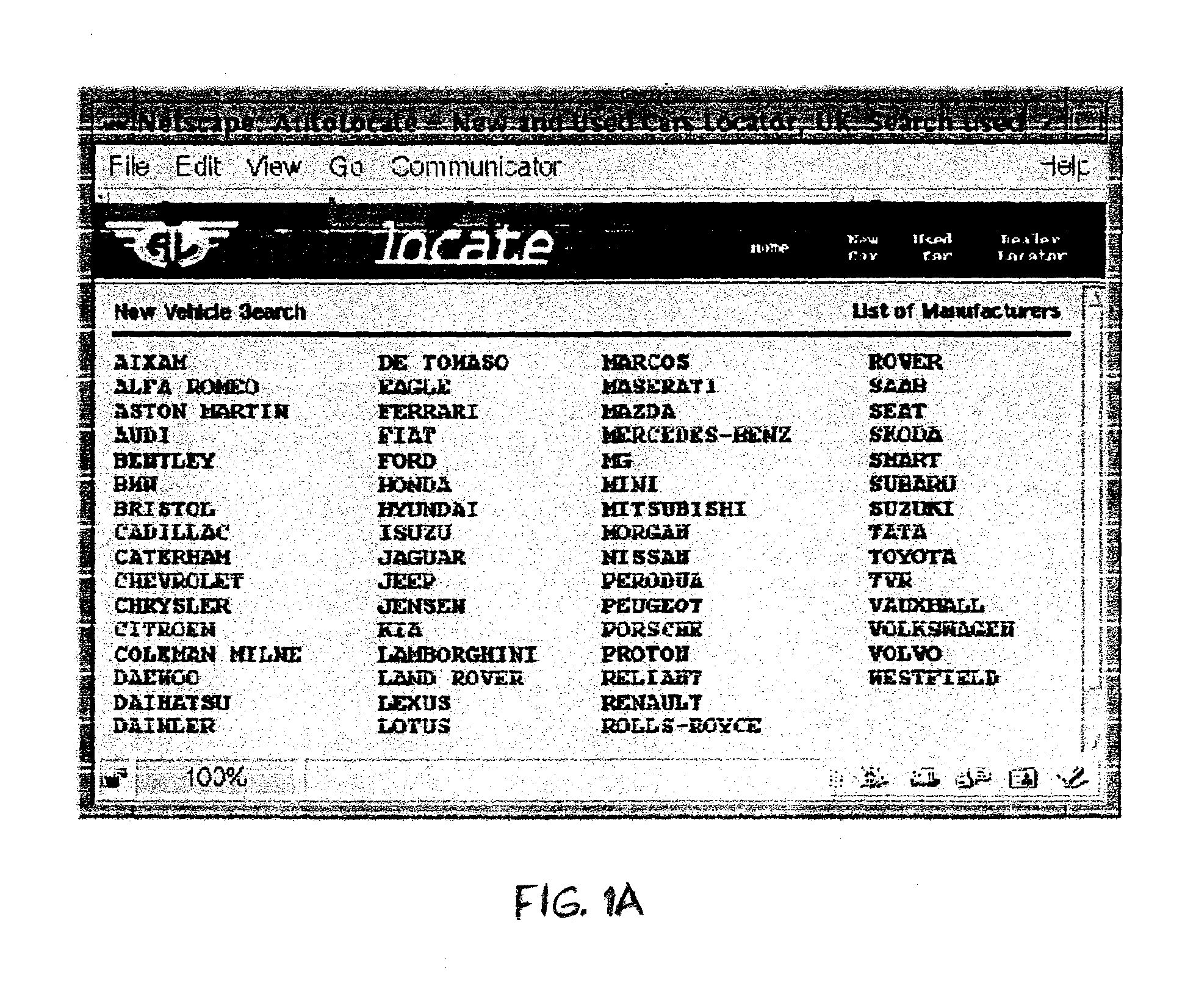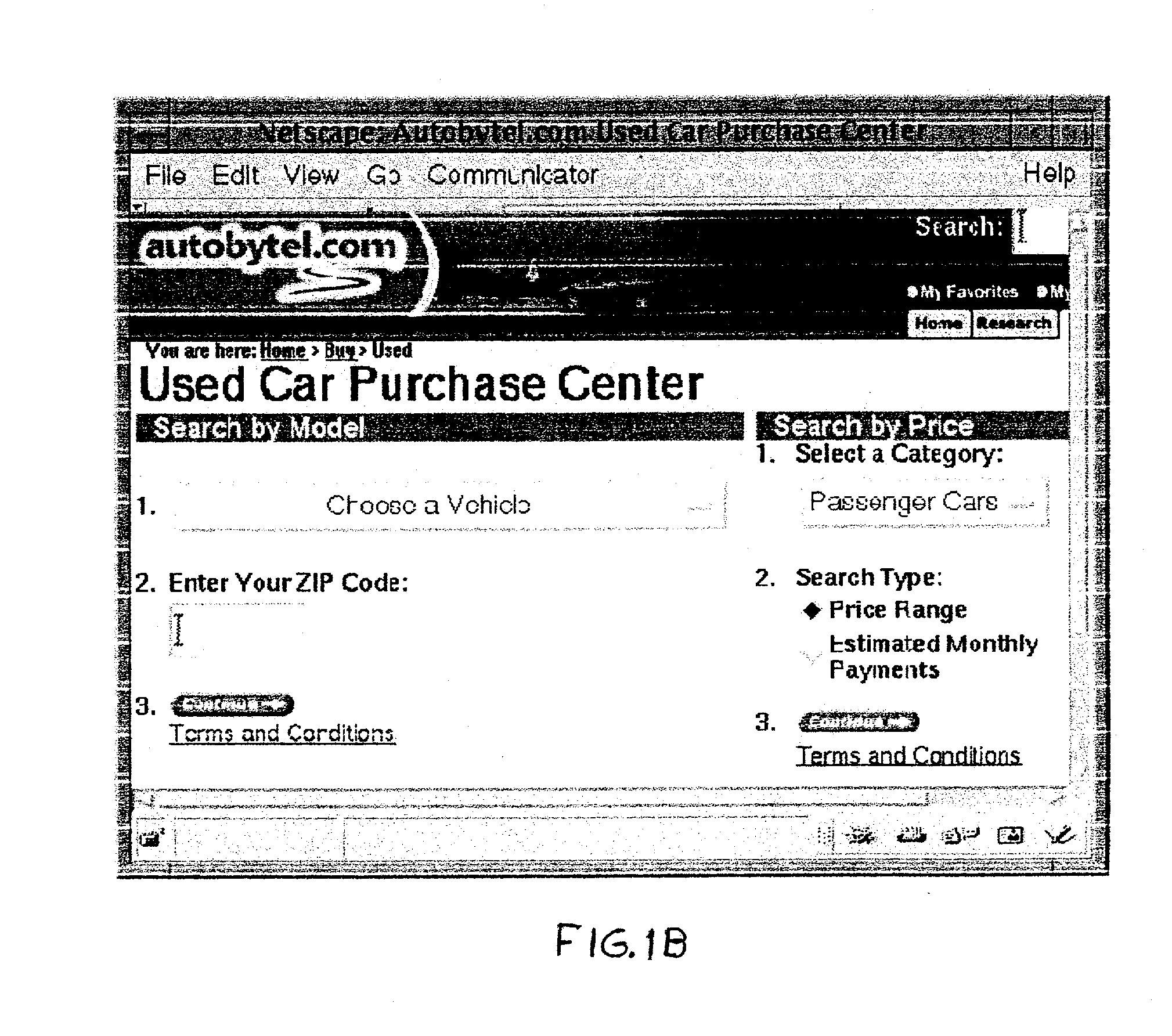[0033] It is a further object of the invention to provide a method of information personalization which enables mixed-initiative interaction without hardwiring the ways in which the initiative could be mixed.
[0051] The input to a partial evaluator is a program and (some) static information about its arguments. Its output is a specialized version of this program (typically in the same language), that uses the static information to "pre-compile" as many operations as possible. A simple example is how the
C programming language function pow can be specialized to create a new function, say pow2, that computes the square of an integer is illustrated in FIG. 3. A
general purpose power function is written in C in the left, and its specialized version (with exponent statically set to 2) to
handle squares is written in the right. Such specializations are performed automatically by partial evaluators such as C-Mix. Consider, for example, the definition of a power function shown in the left part of FIG. 3. If it were known that a particular user will utilize it only for computing squares of integers, it could be specialized (for that user) to produce the pow2 function. Thus, pow2 is obtained automatically (not by a human
programmer) from pow by pre-computing all expressions that involve exponent, unfolding the for-loop, and by various other
compiler transformations such as copy propagation and forward substitution. Automatic program specializers are available for C, FORTRAN, PROLOG, LISP, and several other important computer languages. The interested reader is referred to N. D. Jones, "An Introduction to
Partial Evaluation", ACM Computing Surveys, Vol. 28(3): pp. 480-503, September 1996, for a good introduction. While the traditional motivation for using
partial evaluation is to achieve
speedup and / or remove interpretation overhead it can also be viewed as a technique for simplifying program presentation, by removing inapplicable, unnecessary, and "uninteresting" information (based on user criteria) from a program.
[0060] Such compaction of interaction sequences is important for two reasons. The first is that it preserves the inherent structure of the (unpersonalized) information-seeking activity (such as browsing, in FIG. 5). This is useful in realizing mixed-initiative interaction with
PIPE. Another reason is that compaction permits scalable personalization solutions.
[0086] Other connections to information
systems research can be made by observing that
PIPE contributes both a way to model information-seeking activities as well as a closed
transformation operator for personalization i.e., partial evaluation. RABBIT (M. D. Williams, supra) is an early interactive
information retrieval methodology that resembles PIPE in this respect. It proposes the model of "retrieval by reformulation" to address the mismatch between how an
information space is organized and how a particular user forages in it. Several closed transformation operators are provided in RABBIT to enable the user to specify and realize information-seeking goals. Like RABBIT, PIPE assumes that the user knows more about the generic structure of the information space than PIPE does, although PIPE knows more about the particulars (terminal information). For instance, personalization by partial evaluation is only as effective as the ease with which program variables could be set (on or off) based on information supplied by the user. Unlike RABBIT, PIPE emphasizes the modeling of an information space as well as an information-seeking activity in a unified programmatic representation. Its single
transformation operator is expressive enough to simplify a variety of interaction sequences.
[0113] PIPE achieves mixed-initiative interaction. When the user does not like the choices currently presented by the
information system, he or she can proceed to specify any structural aspect out of turn which is processed by partially evaluating with respect to the structural program variable. In other words, the personalization
system is still responsive to the user when the user takes the initiative. This aids the
system to realize mixed-initiative interaction.
 Login to View More
Login to View More  Login to View More
Login to View More 


